Public Space and the Ideology of Place in American Culture
ISBN: 9789042025745 出版年:2009 页码:460 Brill
We typically take public space for granted, as if it has continuously been there, yet public space has always been the expression of the will of some agency (person or institution) who names the space, gives it purpose, and monitors its existence. And often its use has been contested. These new essays, written for this volume, approach public space through several key questions: Who has the right to define public space? How do such places generate and sustain symbolic meaning? Is public space unchanging, or is it subject to our subjective perception? Do we, given the public nature of public space, have the right to subvert it? These eighteen essays, including several case studies, offer convincing evidence of a spatial turn in American studies. They argue for a re-visioning of American culture as a history of place-making and the instantiation of meaning in structures, boundaries, and spatial configurations. Chronologically the subjects range from Pierre L’Enfant’s initial majestic conceptualization of Washington, D.C. to the post-modern realization that public space in the U.S. is increasingly a matter of waste. Topics range from parks to cities to small towns, from open-air museums to airports, encompassing the commercial marketing of place as well as the subversion and re-possession of public space by the disenfranchised. Ultimately, public space is variously imagined as the site of social and political contestation and of aesthetic change.




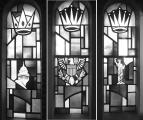


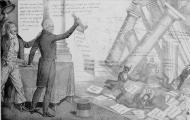
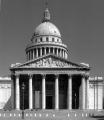
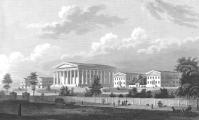

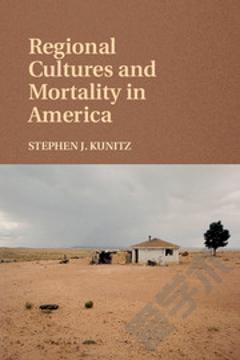
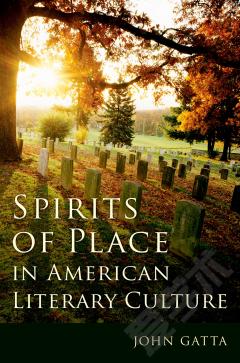


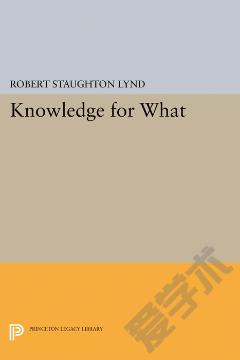


 京公网安备 11010802027623号
京公网安备 11010802027623号